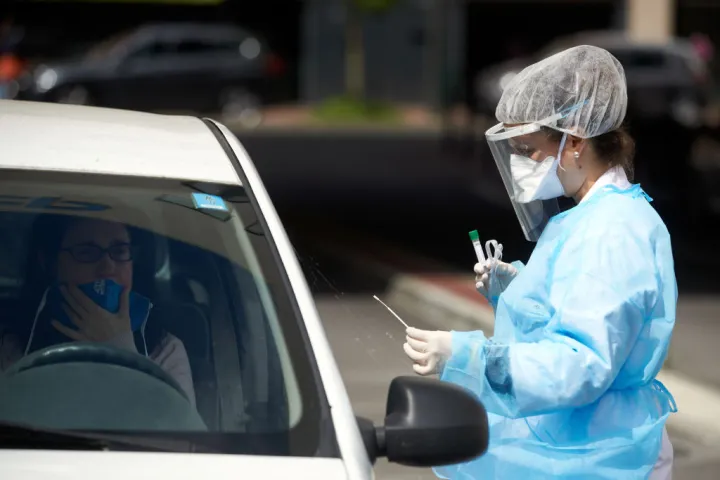
Every year, companies debut cutting-edge medical technology at CES that introduces new solutions to problems and illnesses that have plagued humanity since the event’s inception, and 2025 is the year that regenerative medicine shined. During a CES 2025 panel hosted by Jason Haider, CEO and founder of Xenco Medical, and Veerle Dhaenens, general manager of Global Therapy Innovations for Terumo BCT, the two experts said that the world is at an “ inflection point ” — a time when different fields of technology have all reached a point they can work together.

Haider called it a “1965 moment” in reference to the year that Gordon Moore published Moore’s Law. Moore’s Law is the idea that the number of transistors on a chip doubled every two years and acted as a metaphor for how quickly technology advanced, but it also led to the semiconductor revolution.
Haider believes regenerative medicine is facing a similar moment. Between the rapid growth of artificial intelligence , more advanced computer simulation trials, 3D printing, and a deeper understanding of medical science like gene editing and protein folding theory, modern medicine is capable of achievements that would have been thought impossible in the past.

Xenco Medical aims to “calibrate” regeneration by providing only the amount of biomaterials — substances that help restore the body to its natural state — that is necessary. By limiting the amount, Xenco can reduce the risk of side effects like unwanted bone growth.
The company also hopes to “cascade” regeneration. In other words, it seeks to help the body go above and beyond its normal healing process. Xenco plans to offer surgeons a wide spectrum of implants with varying densities and growth factors so they can find the best fit for patients.
These promises ultimately boil down to two major impacts for the average person. The adoption of technology like this could lead to more affordable treatments and help improve medical access within five to 10 years, all while improving the efficacy of those treatments.

Xenco believes the advance of in silico trials — computer simulations that show how a drug or disease could affect a specific patient’s body — is a core element in the future of medicine. The FDA released a report that states these trials are an inevitability, and that the advancement in AI technology will help accelerate the growth of the field.
Dhaenens added that artificial intelligence could improve the success rate of certain procedures from 47% to 92% — a stunning leap.
The two also addressed COVID-19 and said that, while tragic, the speed of the global response has been a key factor in the development of medical technology.




